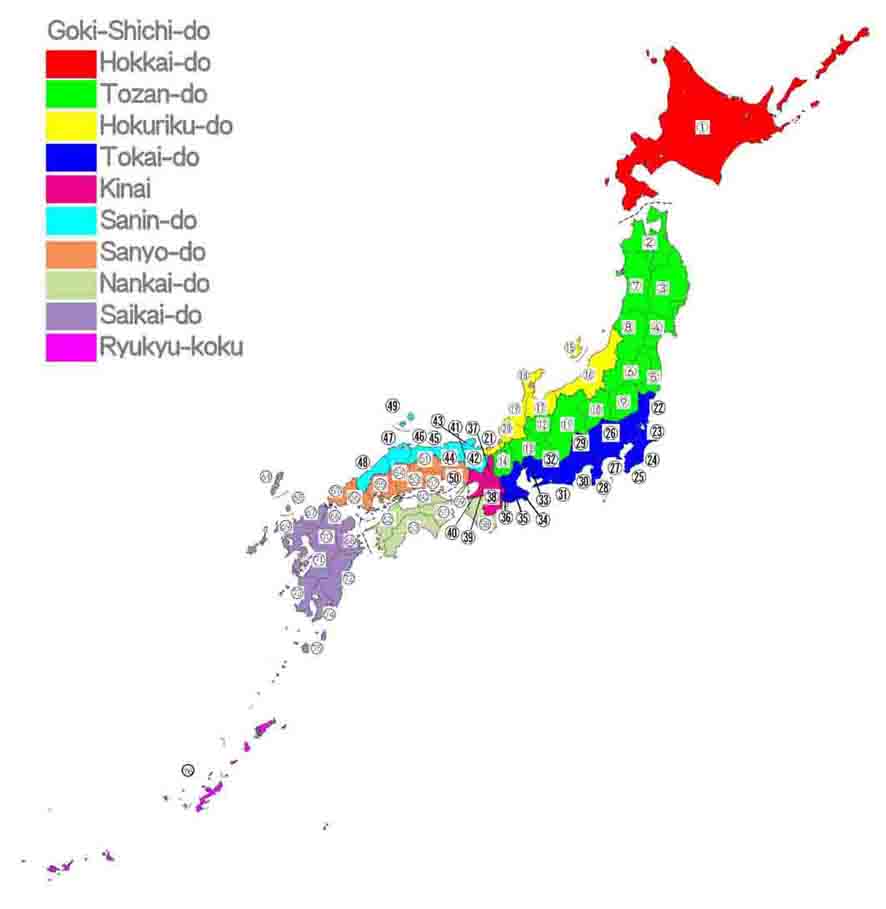Nakayama is in between Narita And Haneda International Airport
<クッキーについての同意並び欧州居住者向けプライバシーポリシー>
中山・下総・散歩道
Shimousa-no-kuni /The Summary of Shimousa Province
Shimousa was an administrative district in classic Japan. The area of Shimousa was very large, it spread out on eastern Saitama prefecture, Eastern Tokyo metropolis, Southern Ibaraki prefecture and Northern Chiba prefecture. Shimousa belonged to Tokai-do region, and it was counted as a large and farther country. The provincial government of Shimousa and Kokubunji Temple were built in Ichikawa City. And Katori-jingu Shrine was registered as Ichinomiya (the first shrine) of Shimousa. This district was designated on the Ritsuryo code after the Taika Reform in 645.According to one of Japan classic or myth 'Kogoshui', Ame-no-tomi-no-mikoto took Inbe Clan in Awa to move east and to cultivate hemps. At that time, they got high quality hemp harvested there, then they called there 'Fusa' (old word implies hemp), and it was divided into two districts, the southern part was named Kazusa, and northern one was Shimousa.
In Heian period, Kanmu Heishi, Taira Clan, controled Shimousa. And the Taira-no Masakado's War happened in 935, Masakado Taira was based at Sashima-gun (Sashima-gun in Ibaraki prefecture) in Shimousa, led togoku bushi (the samurai worriers in east Japan) to builid their independent country in Kanto. In 1028, Tadatsune Taira controlled Simousa and Kazusa based on Souma-gun Shimousa, invaded Awa-no-kuni (southern part of Chiba prefecture), it was called the Taira-no-Tadatsune's War. Both wars were suppressed by the army of the Imperial Court. After that, the Chiba Clan and the Kazusa Clan, the descendants of Tadatsune, gained the influential power in Shimousa. In 1180, Minamoto-no-Yoritomo, the founder of Kamakura Bakufu (the Kamakura Shogunate) and the first Shogun of the Bakufu at Kamakura in Sagami-no-kuni (Kanagawa Prefecture), escaped to Awa-no-kuni when he had lost the battle at Ishibashi-yama. At that time, Tsunetane Chiba voluntarily served Yoritomo to raise his army. Therefore the Chiba Clan had belonged to Kamakura Bakufu as an immediate vassal of the Shogun and had occupied the position of governor of Shimousa during Kamakura period. At the same period, the Yuki Clan and the Kasai clan had actively worked in Shimousa.
Nichiren, the founder of Nichiren Sect, was born in Awa-no-kuni early 13th century, deeply related to the Bushi-dan (the group of samurais) in Shimousa, and he called at Jonin Toki at Wakamiya (Wakamiya in Ichikawa City) in Shimousa when he had got fired at Kamakura in 1260. The Toki's castles in Wakamiya was the beginning of Nakayama-mon-ryu (school of Nakayama branch)of Nichiren Sect, and was the foundation of the development the Sect. The National Treasure 'Rissho-Ankoku-Ron' that Nichiren wrote and offered to Tokiyori Hojo is preserved at Nakayama Hokekyoji Temple now.
Late Muromachi Period, Hojo Clan (sometimes it is called Go-Hojo Clan) at Odawara in Sagami-no-kuni (in Kanagawa prefecture) and the Satomi Clan in Awa-no-kuni (southern Chiba prefecture) aggressively tried to control the Kanto region so Shimousa was located on the middle of them. In early Sengoku Period (the Warring States Period), Ujishige Ashikaga at Koga (Koga city in Saitama prefecture) in Shimousa entitled himself 'Koga-kubo' (the shogun at Koga), although he was a relative of the Shogun in Kyoto of Muromachi Bakufu, he had no power in the Bakufu. And also the Hojo and the Satomi developed several battles, the Battles of Konodai were famous. In 1590, Hideyoshi Toyotomi won the Battle of Odawara, the Hojo Clan and the Chiba Clan ruined.
Since Ieyasu Tokugawa held the power to control Japan after the Battle of Sekigahara in 1600, then he became the Shogun and founded his government at Edo (Tokyo) in 1603, it was called Edo Bakufu (Edo Shogunate) , so the most parts of Boso were directly controlled by Edo Bakufu (the Tokugawa Clan) through Edo Period, and rest of the land in Shimousa belonged to the small lords who had hired by the Bakufu directly, because Boso was very important area to keep the Bakufu stabily. The Soy Souce in Choshi and Noda, the silk of Yuki Tsumugi in Yuki, Salt in Gyotoku and Fishing industry at Sanbanse in Funabashi flourished. And Ieyasu planned to change the flow of Tone-gawa River from south to east, so the river flowed into the Tokyo Bay in early Edo period. At that time, Ara-kawa river, Tone-gawa river and Watarase-gawa river flowed in the Bay together, so the land they flowing had frequently been flooded. Then Ieyasu Tokugawa planned it to get much harvest and protect his province firmly, so he commanded to the big construction such as the changing flow of Tone-gawa river to east to Choshi (the east of Chiba prefecture) . In 1683 (or in 1622-43), the range of Shimousa was changed with the construction. The western boundary moved to east, from Sumida river to Edo river. So the boundary between Chiba and Tokyo was registered then.
After Meiji Restoration, the classical districts were rebuilt, Shimousa was divided into four parts, now they belong to Chiba, Ibaraki, Saitama and Tokyo.
参考
千葉県ホームページ
市川市ホームページ
船橋市ホームページ
デジタル大辞林
ブリタニカ国際大百科事典
日本大百科全書(ニッポニカ)
ウィッキウィッキペディア
Blue represents Tokai-do and No.23 in the map below is Simousa-no-kuni

- 広告 Advertisement -
